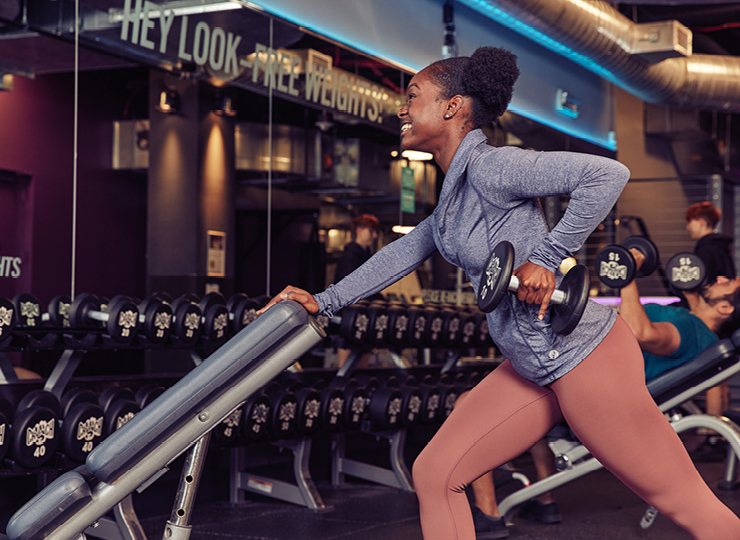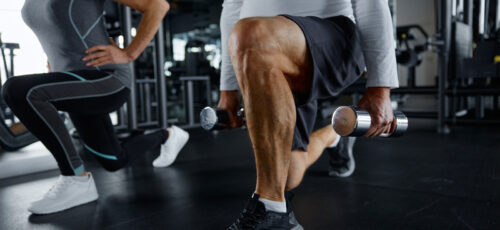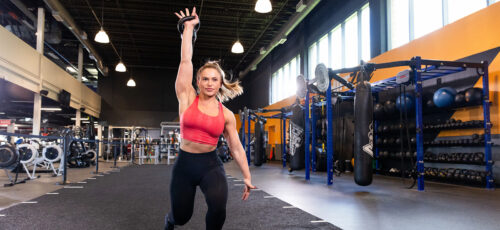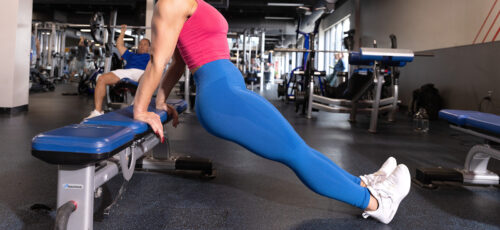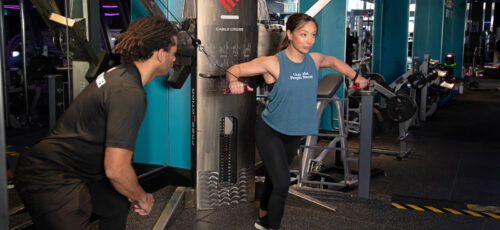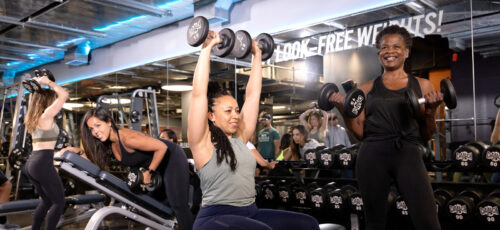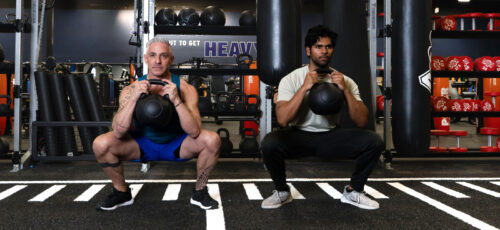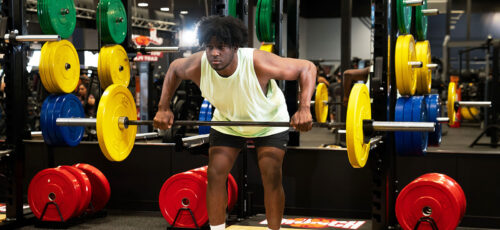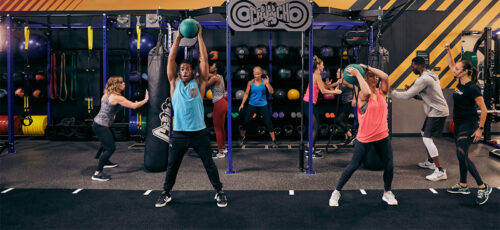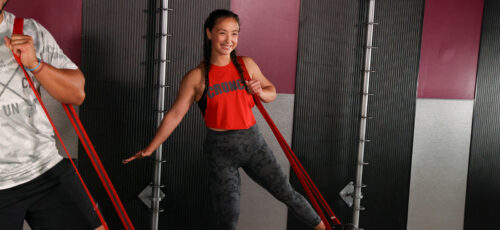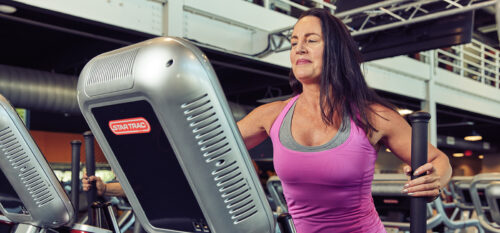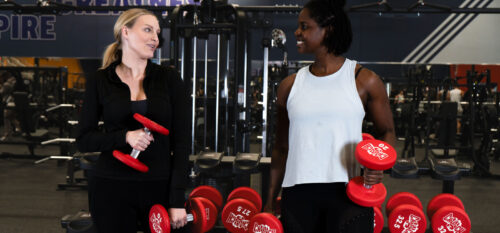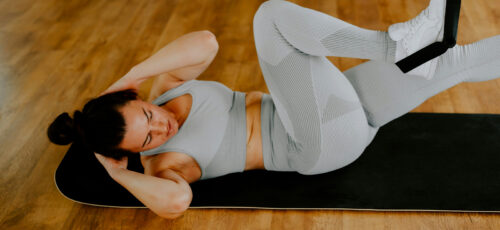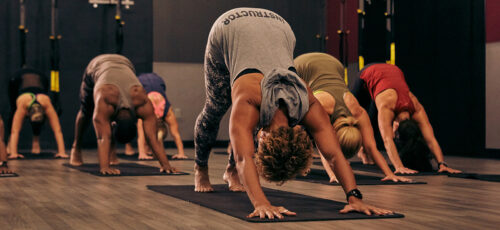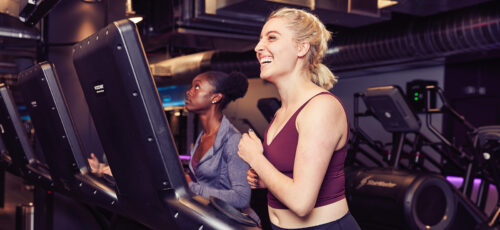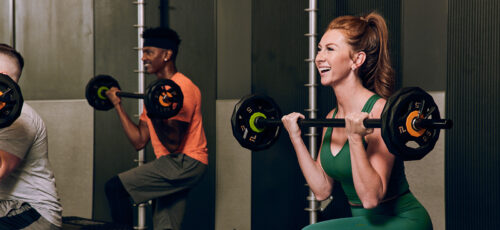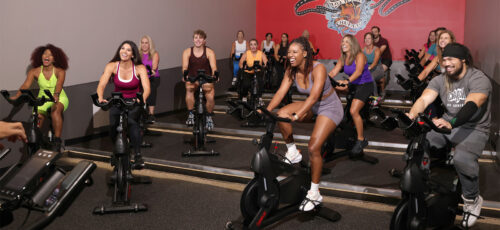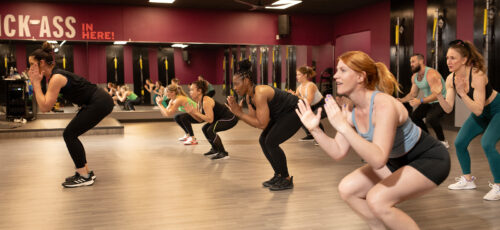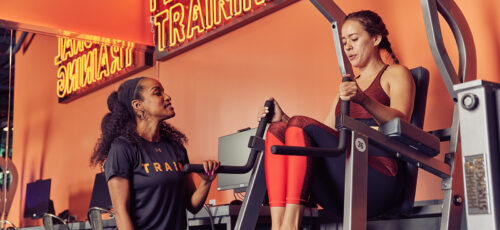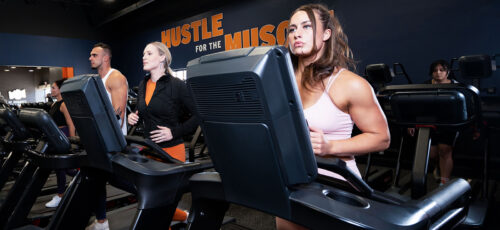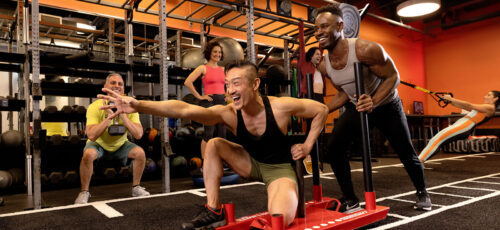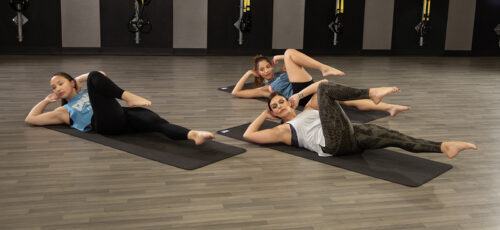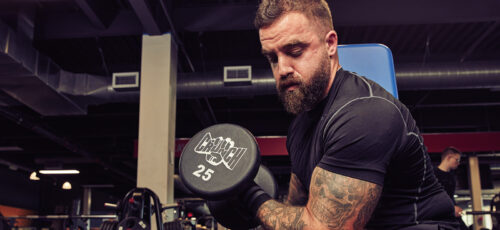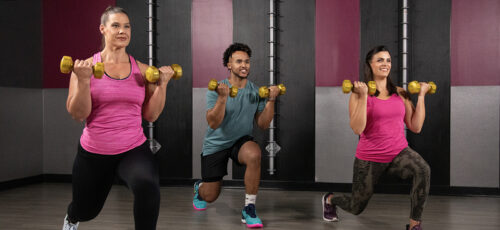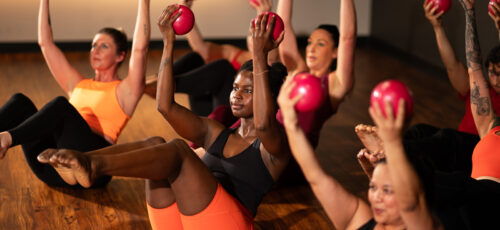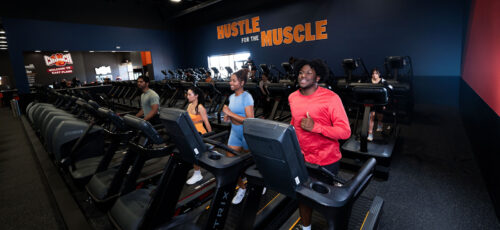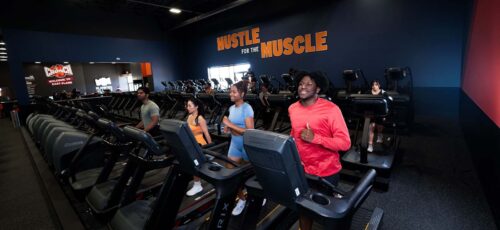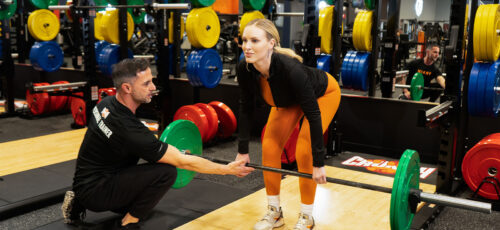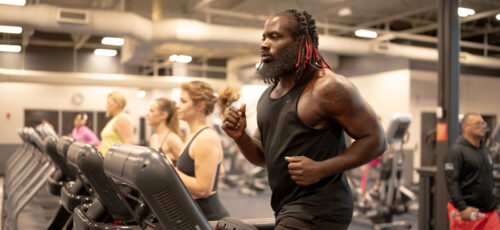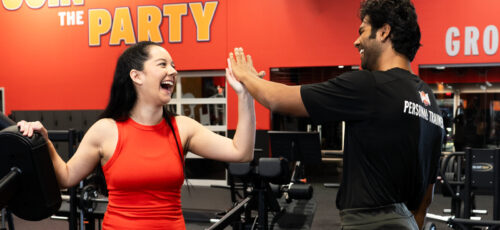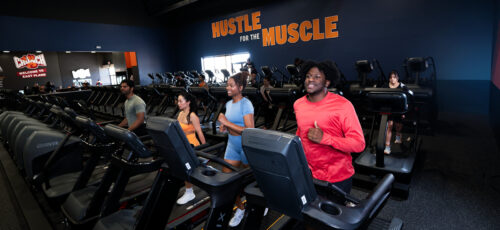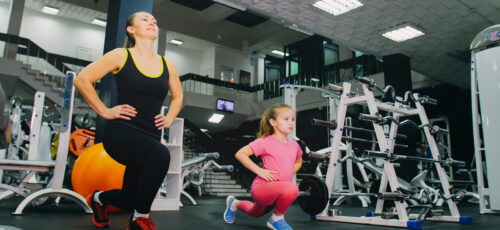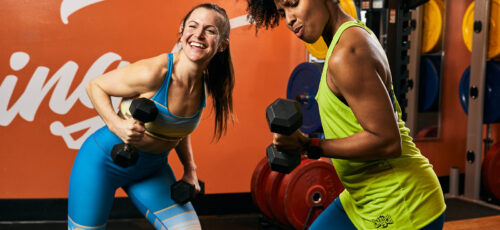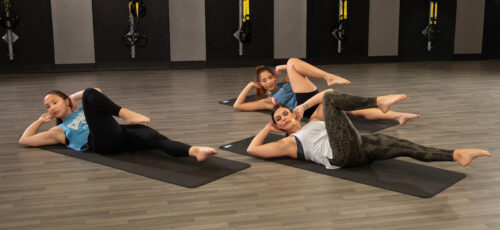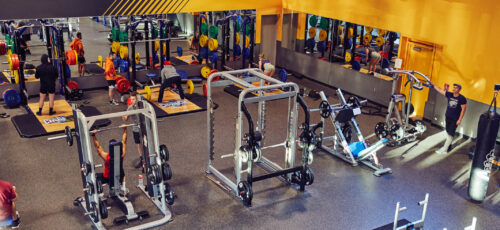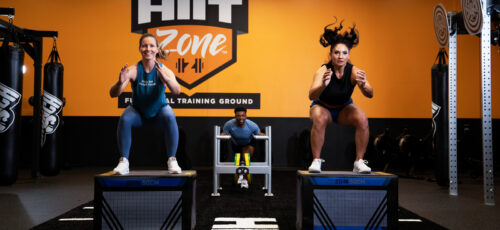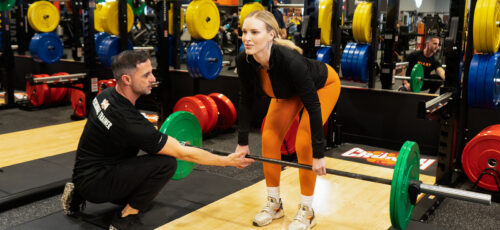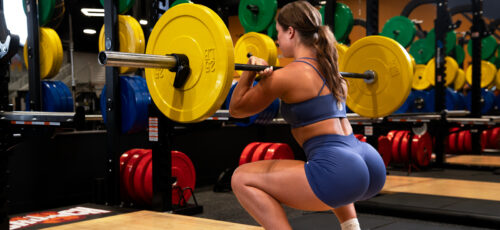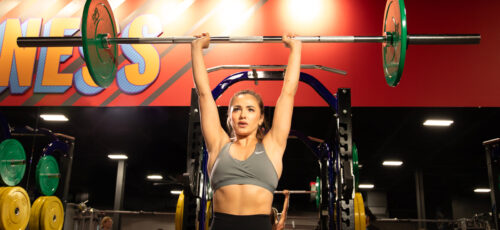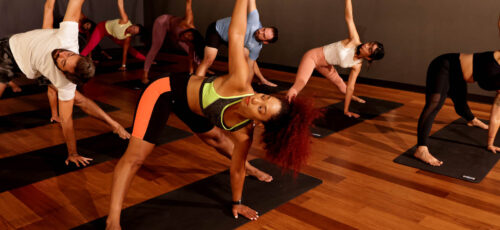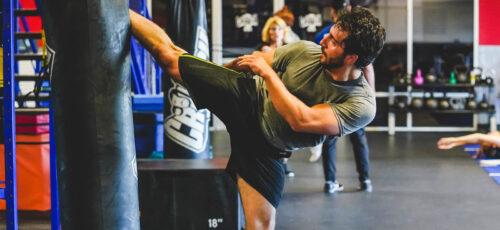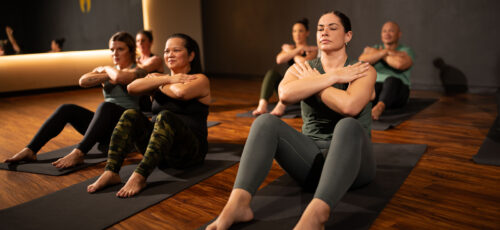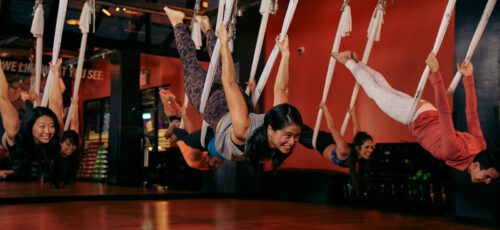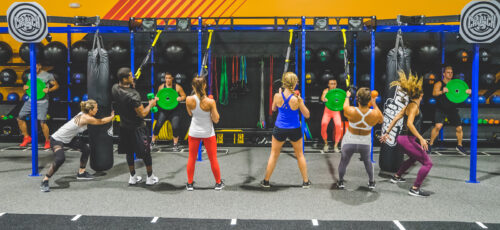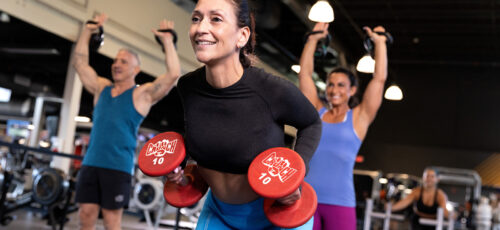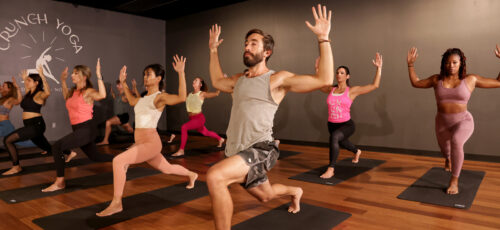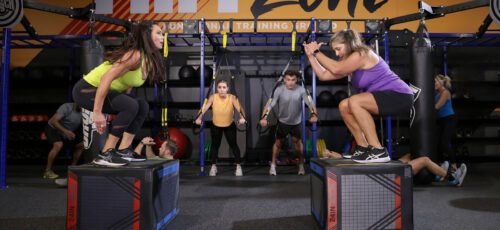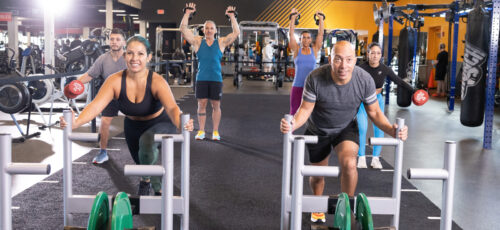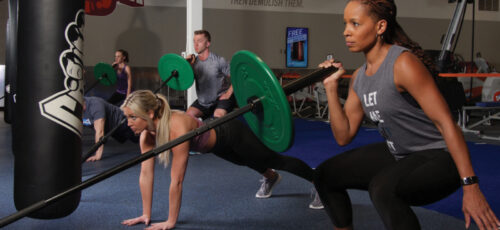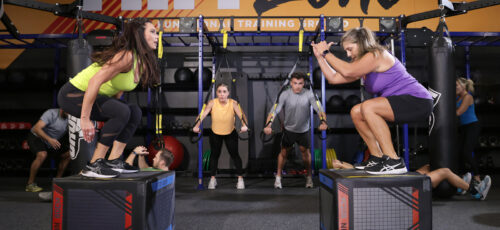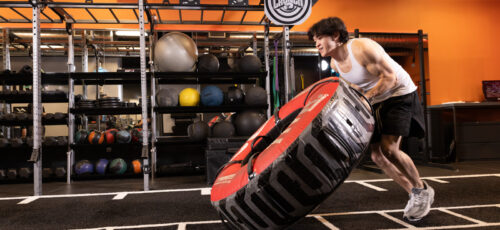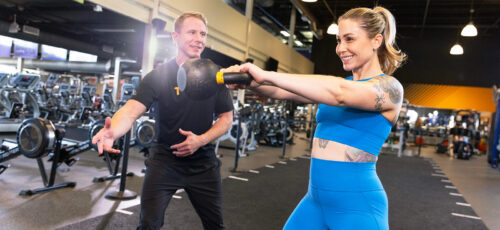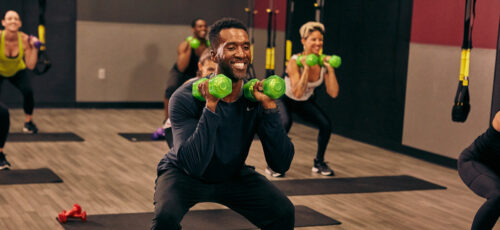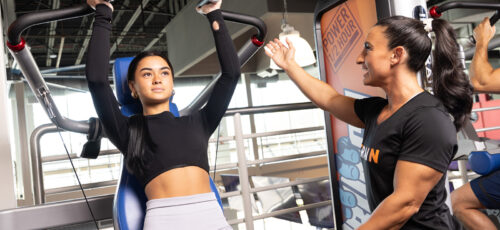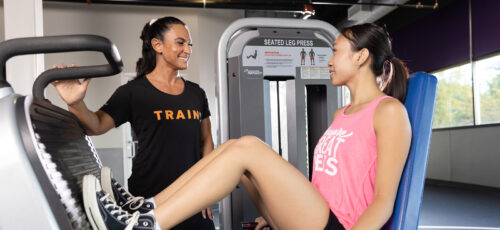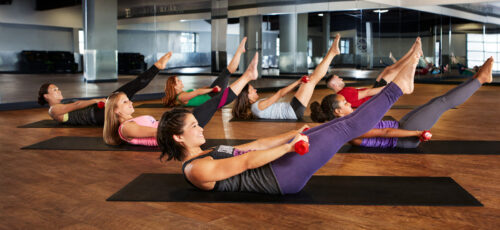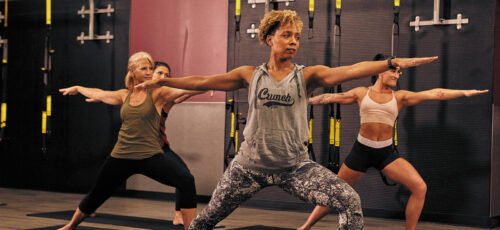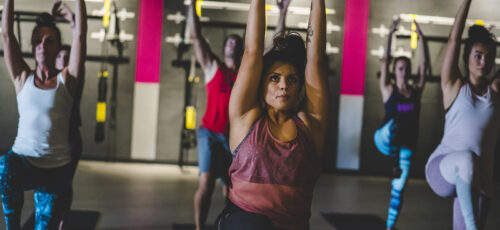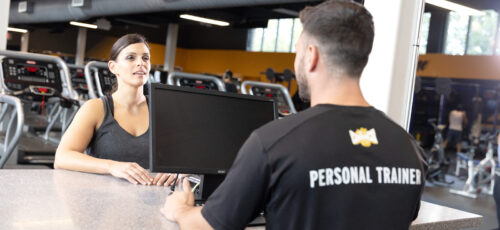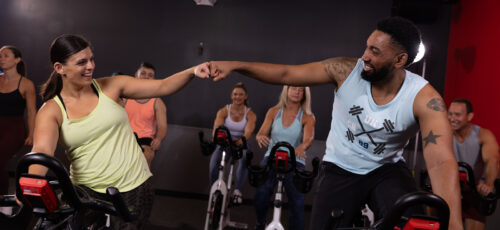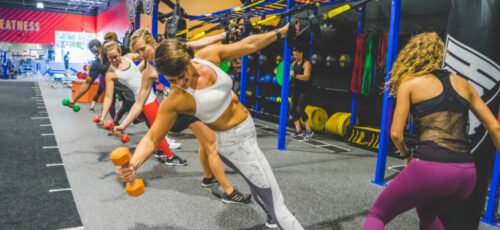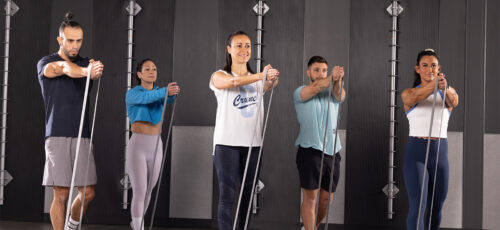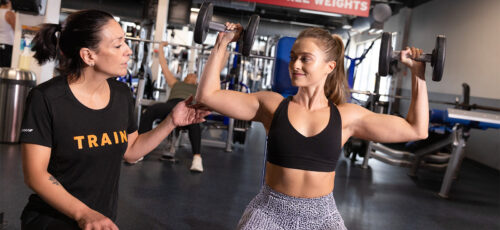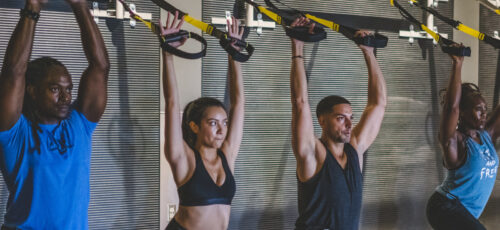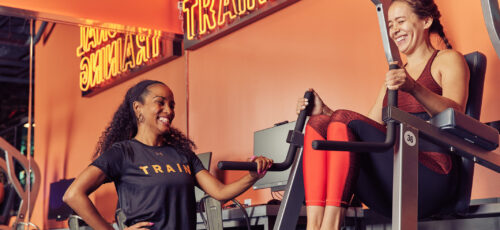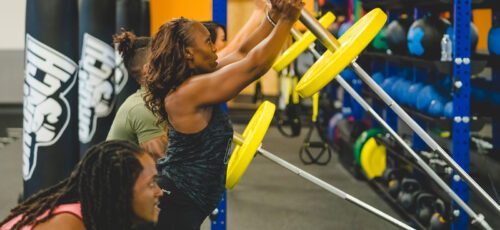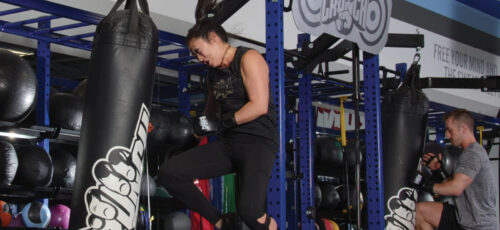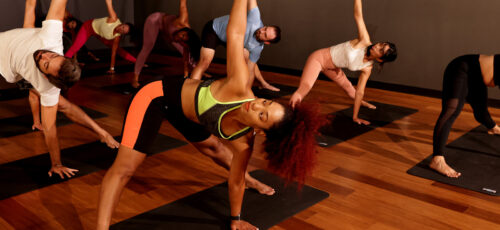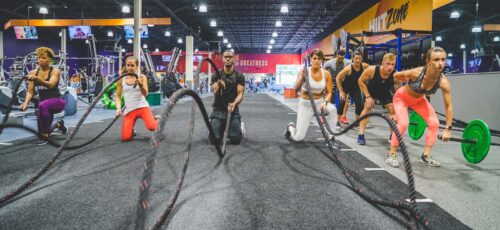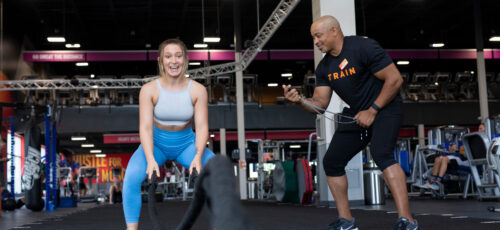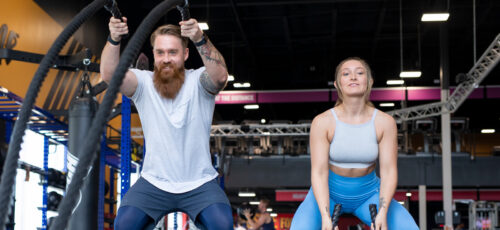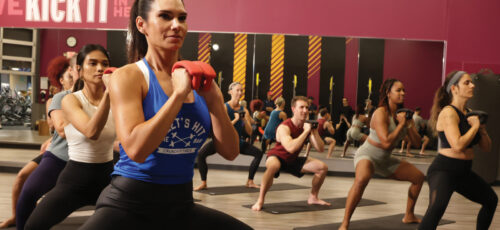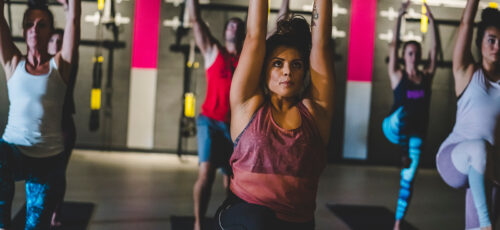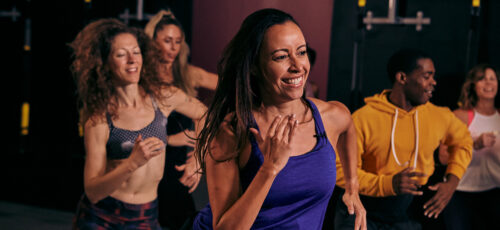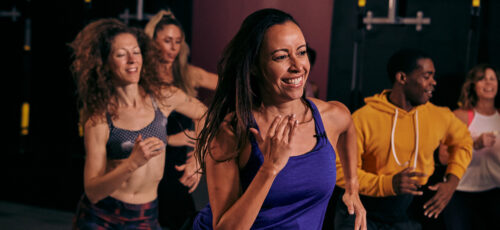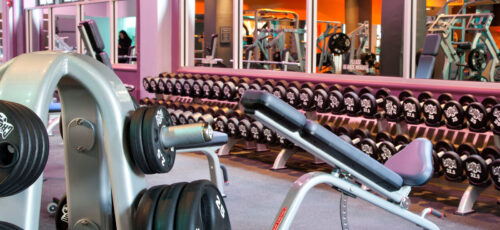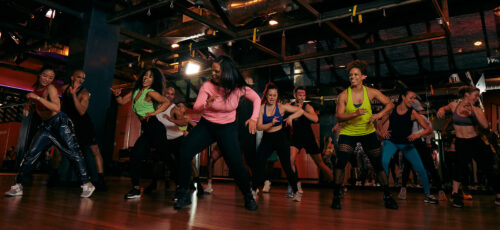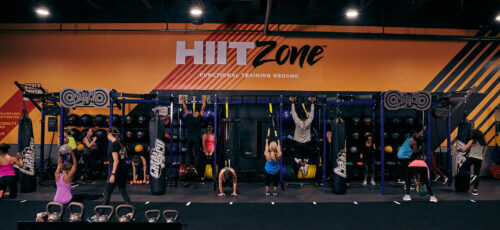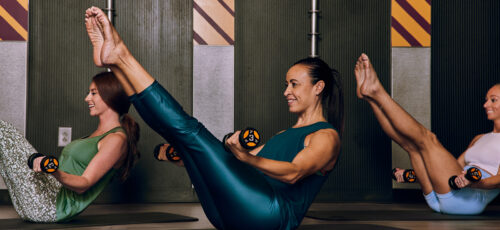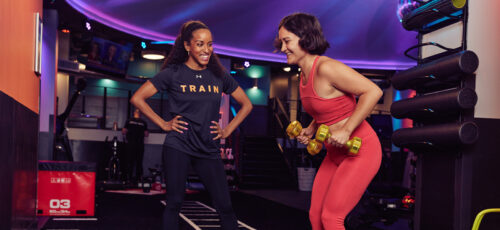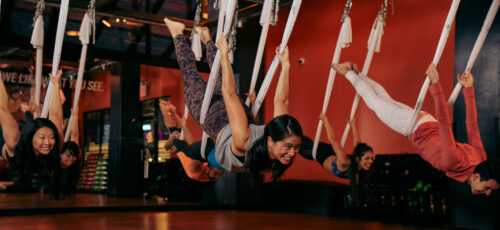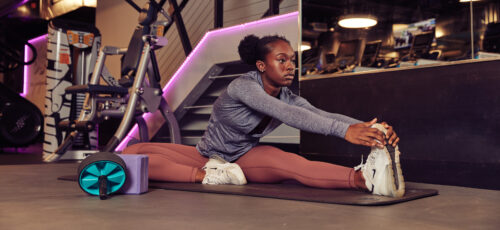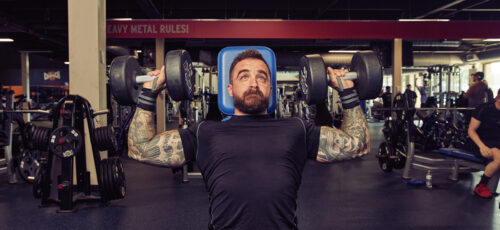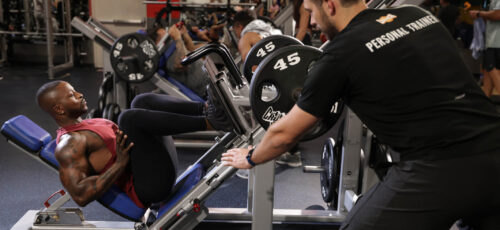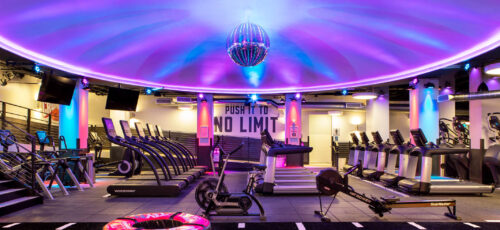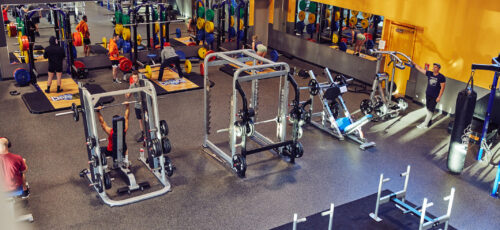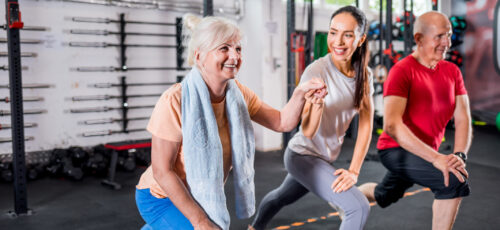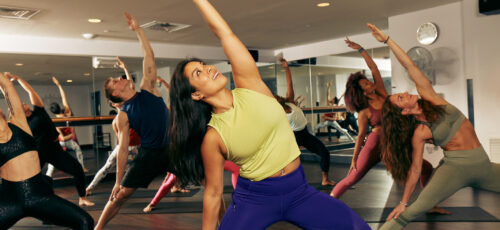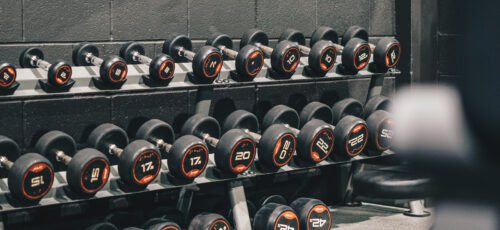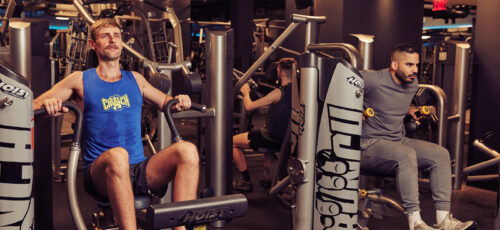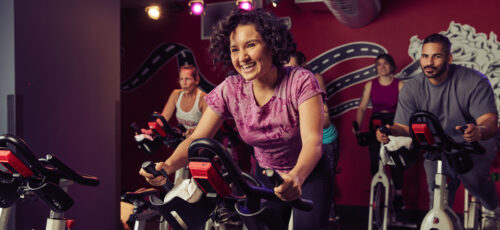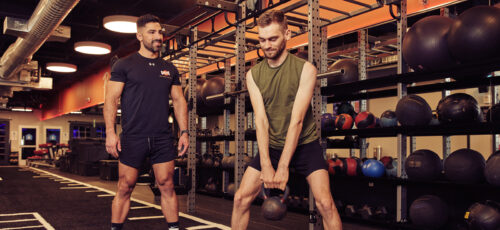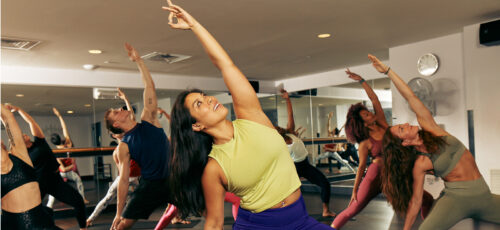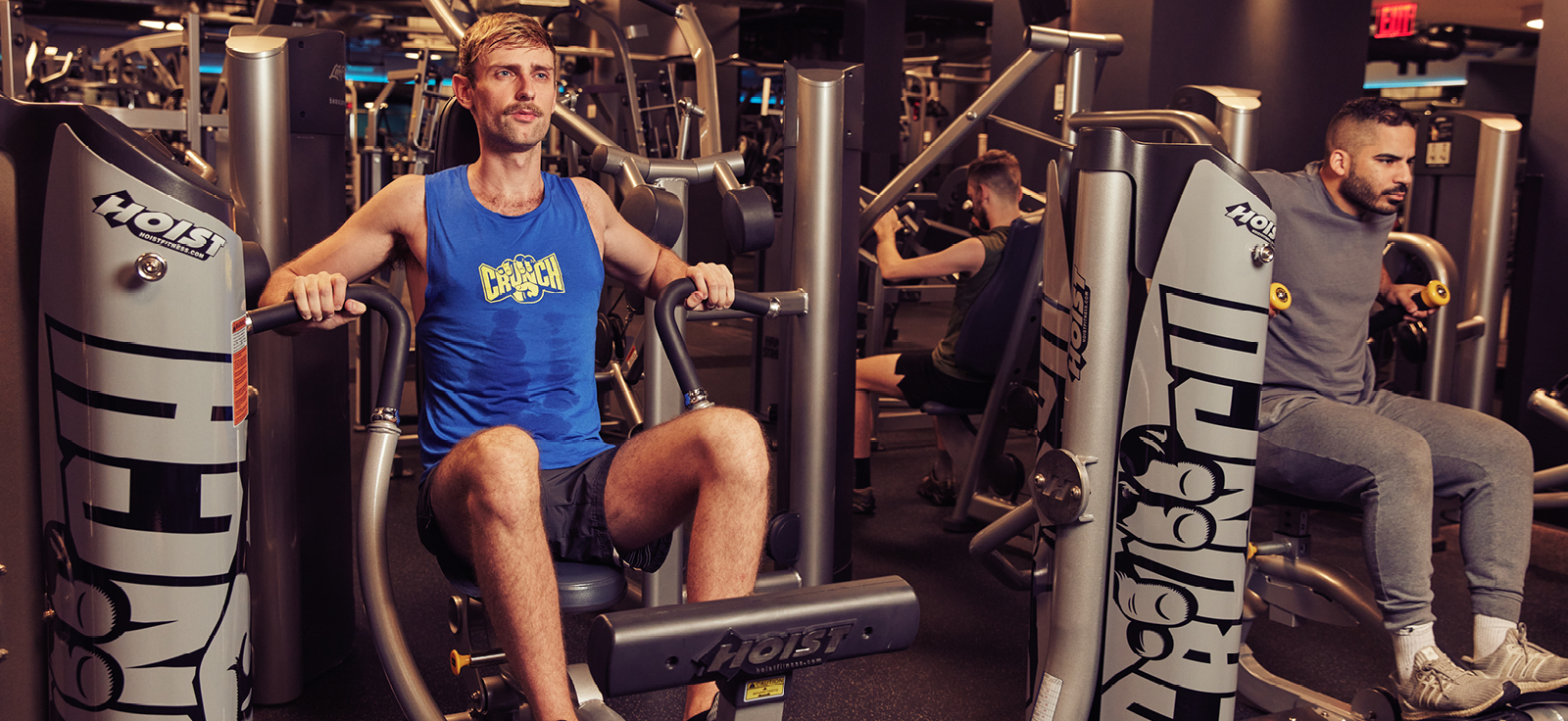
Free Weights vs. Machines
Let’s Settle the Debate Once & For All
Let’s clarify something right off the bat—free weights and machines are both beneficial. That said, they play a different role depending on where you are in your health and fitness journey. Machines are an excellent tool for beginners as they teach the proper form and reduce your overall risk of injury. On the other hand, free weights are more versatile, allowing you to target more specific muscles and promote more functional fitness.
Let’s explore this in further detail and how you can maximize your routine in the gym.
The Physical Benefits of Weight Training
Weight training involves using one or more muscle groups to perform a specific exercise. This exercise often isolates a muscle group to put it to the test and build strength and stamina. Not to mention, weight training boasts many additional benefits, such as improved cardiovascular health, increased bone density, enhanced coordination and body control, and even improved mental health.
Improved Cardiovascular Health
Good blood circulation is essential to heart health. An article in The Washington Post explains that “increased muscle mass can help you process blood sugar, decreasing your risk of type 2 diabetes and the cascade of diagnoses it can set into motion, including heart attack and stroke.”
Additionally, when blood can move from the heart to the organs, it ensures the optimal transfer of oxygen and nutrients to the body’s systems. Resistance training is an excellent way to increase or maintain circulation. With an increase in lean muscle mass—allowing many places for the heart to circulate blood—weight training reduces pressure on the arteries, decreasing an individual’s risk of stroke and heart attack.
A Strong Skeletal Foundation
Weight-bearing exercises place temporary stress on your skeletal system. This sends a message to your body to build additional bone mass to handle the increased load. This increase in bone density makes our frame stronger and less susceptible to developing osteopenia, osteoporosis, and fractures.
Improved Body Control
Strength training improves strength, range of motion, and the mobility of your ligaments, muscles, and tendons. Ultimately, this reinforces your joints and provides additional support for improved body control. This is because strength and stability go hand-in-hand with coordination. Weight training can also reduce muscular imbalances and allow us to better protect our back, neck, and other naturally vulnerable spots.
Enhanced Mental Health
The National Institute for Mental Health (NIMH) reports that around 19.1 percent of Americans currently suffer from an anxiety disorder, with the prevalence higher in females. And about 31.1 percent of U.S. adults will experience an anxiety disorder at some point in their lives. Thankfully, in addition to the physical benefits, resistance training also enhances our mental state. This is because weight training requires controlled breathing, concentration, and effort. This diverts attention away from the stress and frustration of the day and instead to an activity that can help improve one’s overall look and appearance. Increased heart rate from exercise also triggers the release of serotonin, a neurotransmitter responsible for mood stabilization.
Thankfully, in addition to the physical benefits, resistance training also enhances our mental state. This is because weight training requires controlled breathing, concentration, and effort.
Machines
A workout involving machines is excellent for beginners. Machines are controlled by an individual’s movements and the machines themselves. The weight is often concealed in a metal structure, and directions are included on the frame to ensure the user understands the proper form and which muscle groups to target during the exercise. Using a machine is as simple as adjusting the weight and starting the movement.
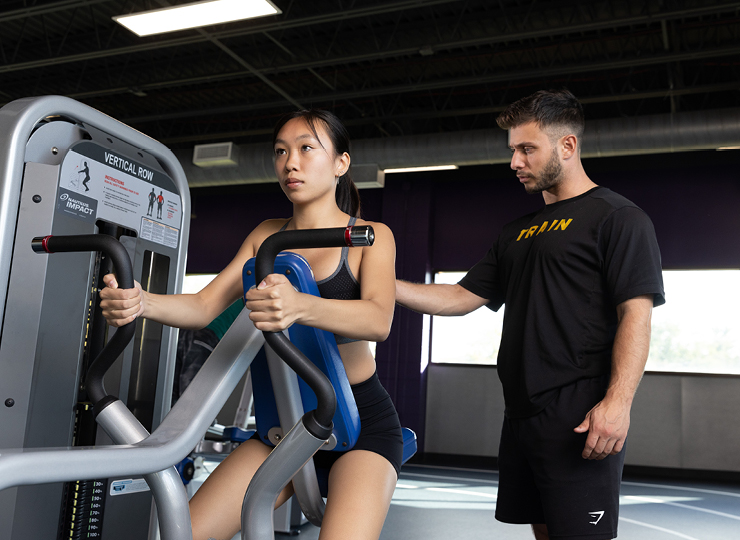
Adding Machines to Your Fitness Routine
Machines allow the user to complete a full-body workout or focus more on individual muscle groups. It is an excellent way to ease into strength training with a lesser risk of injury than free weights. As mentioned, machines are also a perfect training tool for learning proper form and sensing proper muscle engagement from specific movements. As you increase your weight lifting skillset, you’ll be better able to lift well, prevent injury, and maximize the benefits of each action you perform.
Common Mistakes to Watch Out For
On a machine, it is essential to remember to read the directions carefully and focus on the particular muscle group the movement is meant to target. You likely need to lower your weight if you cannot complete the exercise as directed. If you continue lifting incorrectly, it will cause you to work out different muscle groups than intended and leave you vulnerable to injury.
Additionally, adjust the weight to fit your body, not the other way around. Most machines allow the user to set the seat height, grip width, etc. If the machine feels unnatural to your body, it isn’t in the proper position. Factors such as your height, weight, and body structure can affect how you use the machine. Be mindful of this and never complete a movement that feels unnatural—this will increase your risk of injury.
Free Weights
A workout using free weights involves dumbbells, a short bar with varying weights, barbells, a long metal bar with varying weights, or kettlebells, a ball-shaped weight with a single handle. Different exercises may be better suited to other tools. For example, single-leg lunges may benefit from a kettlebell, whereas dumbbells may work best for an overhead press. The key when using free weights is to ensure you’re comfortable and understand the proper form required to complete the movement. Start lighter to avoid a potential injury.
Adding Free Weights to Your Fitness Routine
Free weights are an excellent option for intermediate or advanced exercisers who understand proper form and safety in the gym. Free weights often become the preference for these individuals as they allow for free movement and the ability to target specific muscles. While machines have a limited range of motion, free weights do not. This means you must maintain elite focus when performing any action. When lifting free weights, it is often an excellent idea to ask for a spotter—an individual who assists the exerciser and watches for them to maintain proper form.
Common Mistakes to Watch Out For
With free weights, it is imperative to consider your form. Each action you complete in a workout has a particular motion, and it’s critical to be mindful of your neck, head, and back alignment. The key is to do your research, understand the movement and which muscles are meant to carry the weight, and enlist the help of an expert or spotter if needed. Motions should be carefully considered and controlled. If you move too quickly, you risk placing your spine in a vulnerable position.
Remember, when in doubt, lift lighter weights. It takes time to safely build your foundation to a point where heavier weights are an option. Enjoy the fitness journey and understand it’s a marathon, not a sprint.
Free weights and machines are both beneficial. That said, they play a different role depending on where you are in your health and fitness journey. Machines are an excellent tool for beginners as they teach the proper form and reduce your overall risk of injury. On the other hand, free weights are more versatile, allowing you to target more specific muscles and promote more functional fitness.
Not sure where to start? Contact us for more information on our fitness classes and personal training programs.
Crunch promotes a culture of positivity, inclusivity, and fun with no judgments by providing an environment for all individuals regardless of their health and fitness goals. Find a Crunch gym near you to try our free trial membership, or join Crunch now. We’re here for you – at the gym or at home. Access the best live & on-demand workouts anytime, anywhere with Crunch+. Ready to get sweaty? Try hundreds of workouts for free! Start your free trial now!









